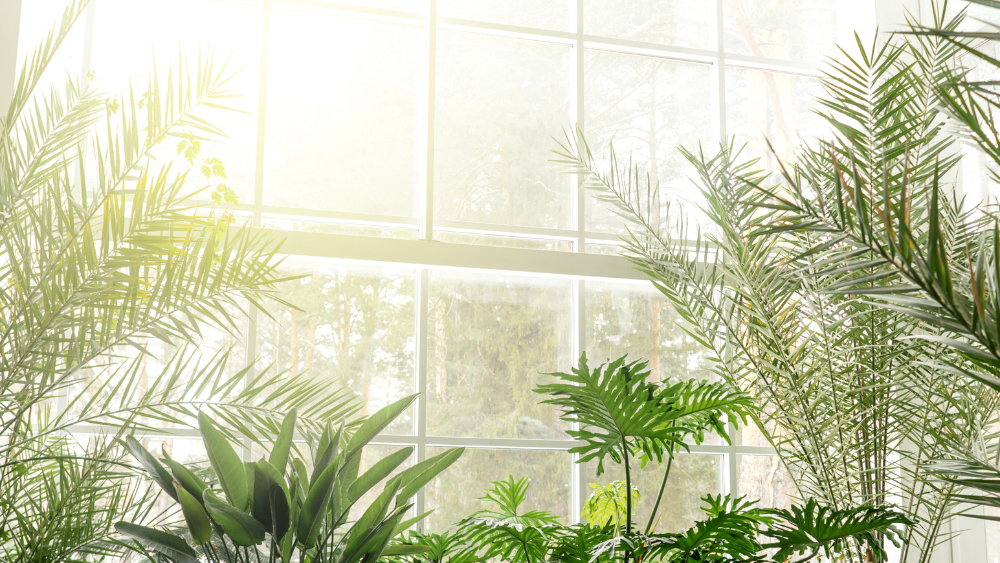With all of the hype about clean eating, do-it-yourself compost projects, and energy-efficient appliances, you probably think it's about time you hop aboard the Go Green train. If you want to begin with something small, try building a vegetable and herb garden inside your home. No more going to the grocery store to pick out the ripest produce or waiting in line at the local farmer's market. Here is Brunswick Crossing's guide to indoor gardening:
Pick a space. No matter the plant, most vegetables and herbs can be grown on a windowsill or a small coffee table near the window. You can also produce more extensive gardens on a kitchen table, high shelf, or bench. Using an area with a tile or linoleum floor is best for easy cleanup. Put a tarp under the area if you have neither floor type.
Create the perfect temperature. Keeping your home or townhouse between 65 to 75 degrees Fahrenheit is best for most plants. A 10-degree difference in either direction will make for small, weak plants or plants with yellow leaves that quickly die off, so watch that thermostat!
Provide ample light. Plants need sunlight to go through photosynthesis so that they can survive. When the sun does not shine as often in the winter, purchase a grow light with the same wavelengths as the sun. This means that a regular light bulb will not do, so consider the differences in incandescent lamps, fluorescent lights, high-pressure sodium (HPS) bulbs, metal halide (MH) bulbs, and high-intensity discharge (HID) bulbs. After buying a grow light, make sure it is close enough to provide the necessary amount of light but far away enough that it does not burn the leaves.
Pick the perfect seeds or sprouts. With inside gardening, you don't have to worry about seasons as much, but you should know which foods grow best between your four walls. Start with cherry or banana peppers, green onions, radishes, basil, tomato, lettuce, garlic, parsley, and cilantro. With these staple herbs and veggies, the dinner possibilities are endless.
Opt for hydroponics. You can plant your seeds in an organic mulch or dirt near a window, but have you considered hydroponics? Instead of growing your new plants in a soil mixture, hydroponics directly provides the necessary nutrients without the roots. Soil holds the nutrients and anchors the plants' roots, but the nutrients are readily available with hydroponic growing. Because of this, plants grow up to 50 percent faster and last longer due to the disease-free technique. If a plant does get sick, it will be the only one affected because hydroponic growing does not affect root-bound plants.
Water them constantly. Like outdoor plants, your indoor garden must be watered consistently with clean and fresh water. It should be room temperature dispensed through pot or container drain holes. Do not place a saucer under the plant as water can collect, which could lead to rotting or disease. However, you can put your plants in a self-watering planter or purchase a self-watering orb, such as Aqua Globes. If you choose to use hydroponics, your plants will wilt when they need to be watered so that you know immediately.
Building your own vegetable and herb garden is easy, inexpensive, and fun for everyone. Get your kids by teaching them how to care for plants and grow vegetables. Having you pick your garden means fresher ingredients for your and your family's meals, too. No more second-guessing where your produce comes from, so choose a good spot with excellent lighting, set the right temperature, dig holes for your seeds, and water away!
With all the tips under your belt, your indoor garden is ready to flourish. If you're looking for a fantastic community to grow in yourself, consider touring Brunswick Crossing. For more information about our available lots and to schedule a tour, click the button below.




